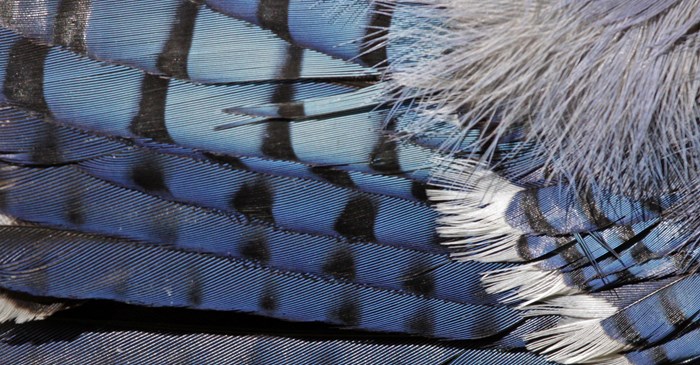Feathers define a bird, but they are also key to a species' ability to survive and thrive. Nature didn’t skimp; even a small songbird boasts 1,000 to 3,000 feathers shingling their small bodies, performing many tasks at once. Here are four main functions of a feather:
Flight
In all, there are seven main shapes to feathers, all with a specific function. Two are structured with stiff, interlocking barbs to make a light seal against the wind to help the bird fly and steer. A section of wing feathers connects to the bone that the bird can rotate and control, while fan-shaped tail feathers help the bird steer.
Protection
On the surface, stiff feather structures create a barrier against cold and water. Closer to the body are looser, more puffy feathers that help the bird trap body heat to keep them warm.
Camouflage
Sometimes it’s in a songbird’s best interest to be difficult to spot. This is especially true for ground foragers (such as sparrows and mourning doves), nesting females, and fledglings, which have not yet mastered flying and the ways of the world. Spots and stripes, along with hues and shades of nature such as browns, dull yellows and greens, help them become one with the tree bark, brush, grasses and leaves.
Courting
Many birds can see a wider range of colors than humans, so that’s yet another way birds see other birds differently than we do. Starlings, for example, with their shiny, iridescent feathers, are reflecting light in the ultraviolet range, which birds are better at seeing than humans. Being highly visual creatures, the color and ornamentation of feathers matter a lot when it comes to bird romance. Scientific research has repeatedly shown when a male’s colors are enhanced (or concealed), the ladies will flock to them (or pass them by).
There's more going on with birds than meets the eye, which is why we all find them so fascinating and fun to watch.
